Anyone looking for a survival diet must consider a self-sustaining garden.
You’ll be prepared for any impending disaster by growing enough vegetables that you and your family can live on. If you’re living off-grid, survival gardens bring food security. An added bonus: Self-sustaining gardens benefit the environment, by contributing to plant diversity. So where do you start?
Tip 1: Plan Your Garden
Know your goals. Make a list of the produce your family eats and how much. You need to grow at least as much as you consume and, ideally, a little more. Some plants are lost to disease, weather, and pests. Your crop yield can also change, depending on the season, soil, watering, and weather. You also want to consider crops, such as tomatoes, that produce many vegetables or fruit on one plant. You won’t need as many of those as other crops, such as carrots, which only produce one vegetable per plant. Use a garden planner to determine row length and crop yield. Research different crop varieties, keeping in mind your climate and the length of the growing season where you live.
Find the right location. Consider sun exposure, remembering that certain plants are more durable than others. Begin with a basic summer garden. Depending on your choices, the general rule is to plant in the spring, after the last frost has lifted. You don’t need a huge yard but you need space to grow enough food, depending on the size of your family. It generally takes a quarter-acre to 2 acres of land to feed a family of four. You can start on the small side, if necessary, and expand gradually. The bottom line is the larger your family, the more land you’ll need.
Tip 2: Choose the Right Plants
Once you’ve determined where to locate your plot, it’s time to decide on which plants to grow and how many. You definitely want low maintenance crops for your self-sustaining garden.
Potatoes are high on the list for many survivalists. Spuds are low-calorie, but they are a good source of vitamins C and B6, as well as phosphorus, potassium, and niacin. Some experts say potatoes are so important you should dedicate 30% of your garden space to growing them. Taters can withstand some periods of dry weather, but if it hasn’t rained for quite some time, you will need to water them. Deep watering is best.
Squash is another excellent plant for your survival garden. While it’s kind of a “love it or hate it” vegetable, it is self-sustaining and nutritious. And winter squash has a long shelf life and can last in a cool, dry place for weeks or even months.
You may want your plants to end up outside, in the garden, but some of them need to be started indoors. These include bell pepper, cabbage, carrots, and radishes. Tomatoes are also great for a survival garden, as each plant produces several fruits. Tomatoes are also self-fertile, meaning each flower can pollinate itself.
Tip 3: Extend the Growing Season
When you rely on your garden for your food supply year-round, make the most of the growing season. Mid to late summer is the best time to start a second planting season. It’s also known as succession planting. When one crop is harvested, another is planted in its place. This can actually help protect and build your soil base all year long. Getting your garden ready for the extended season isn’t hard, as long as you’re prepared.
Deciding what to plant for the cooler weather depends on where you live. The climate could make the decision for you. Hardy vegetables tolerate a hard frost (25-28 degrees Fahrenheit) and taste best when they mature in cool weather. Broccoli, Brussels sprouts, cabbage, spinach, and turnips are on that list. Planting in the correct season leads to a bountiful garden. Keep an eye on the timing of your second season plants so you can plan menus. Shorter days and cooler temperatures slow down plant metabolism so they take longer to reach maturity, sometimes as long as three weeks.
Tip 4: Compost Your Waste

The benefits of compost are many. It acts as a soil conditioner. If you’re having trouble getting certain fruits and vegetables to grow, it could be due to poor soil structure. Compost adds essential nutrients to the plants and helps the dirt hold in moisture. As plants thrive, you need to water less often. And composting gives you a way to recycle kitchen scraps and garden waste, reducing the need to find a place for your trash.
Tip 5: Commit to All Organic
If you’re living off-grid, besides being self-sustaining, your garden must be organic. No chemicals, pesticides, or anything artificial. Chemicals cause damage to both the environment and your family’s health. Besides, you’re also in survival mode so where would you get them? Go all natural!
Manage weeds in your garden with mulch. This keeps the soil cool and moist and prevents light from reaching the weeds. Some mulch attracts certain insects, which seek out and eat weed seeds. For those that survive, old fashioned weed pulling is the answer. If you’re unable to pull out the root, at the very least, cut off the top of the weed. You can also put the kibosh on weeds by close plant spacing. This keeps the sunlight out by shading the space between the crops.
Fertilizer is food for your plants. Many elements and minerals will help your garden grow but the three vital nutrients are nitrogen, phosphorus, and potassium. Mix used coffee grounds with yard waste like dead leaves or dry straw and grass clippings to add nitrogen to the soil. Dry out your eggshells and crush them up when you get a few dozen. You can mix them directly into the soil or add to your compost. There is a very small amount of nitrogen and phosphorus here, but mostly you are getting calcium. And add fruit, such as banana peels, to compost to fertilize your garden with potassium.
Tip 6: Keep Pests and Disease Under Control
Some of the smallest pests can cause the biggest damage to your plants. You want your family to enjoy the vegetables you’ve grown, not the bugs. The best way to keep the aphids away is to grow healthy, disease-free crops. Using the previous tips on fertilizer, weed control, and composting can help accomplish this. Regularly inspect plants for damage and remove or pinch off diseased plants or leaves. Water regularly. Attract healthy insects, including wasps and ladybugs, that prey on damage-causing bugs such as aphids. Planting chives, cilantro, dill, or fennel will bring ladybugs to help keep your garden healthy. They also act as a deterrent for the bad bugs. And consider using substances that we consume regularly, but pests can’t handle. Flour, salt, and beer can be toxic to insects, slugs, and snails.
If “ready for anything” is your goal, a self-sustaining garden is a must. You and your family need to eat and, as you’ve learned, you can do it yourself!


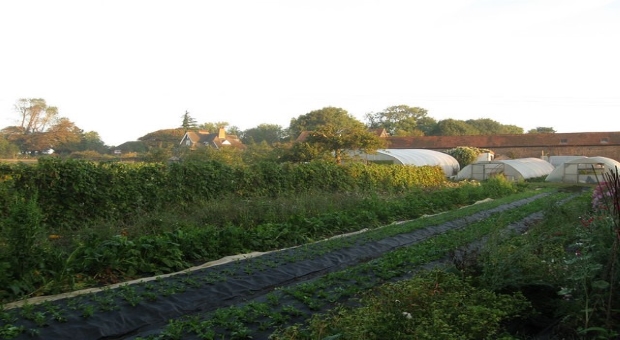


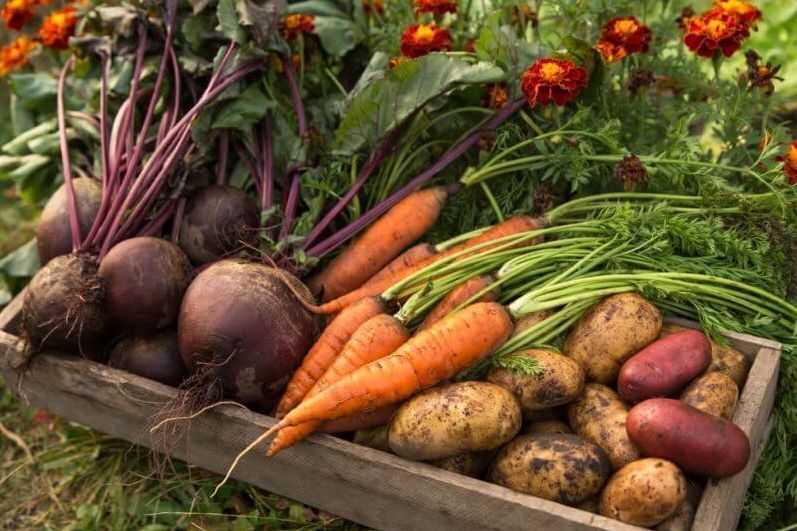
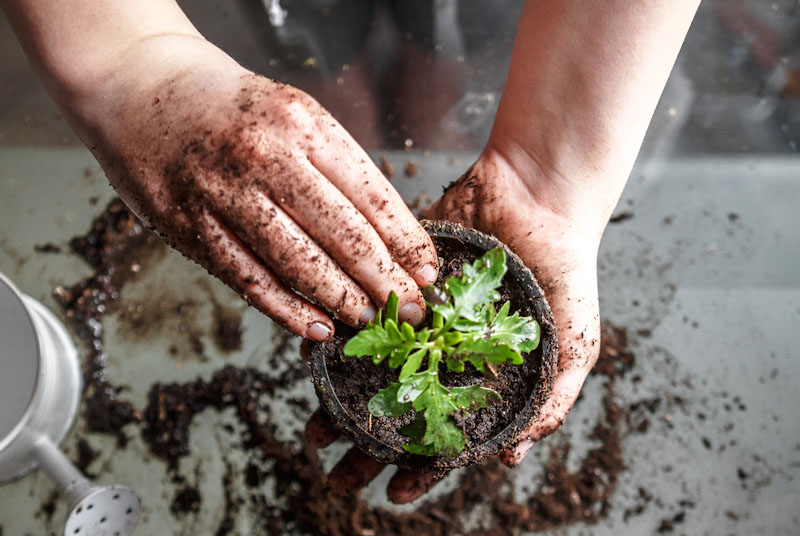
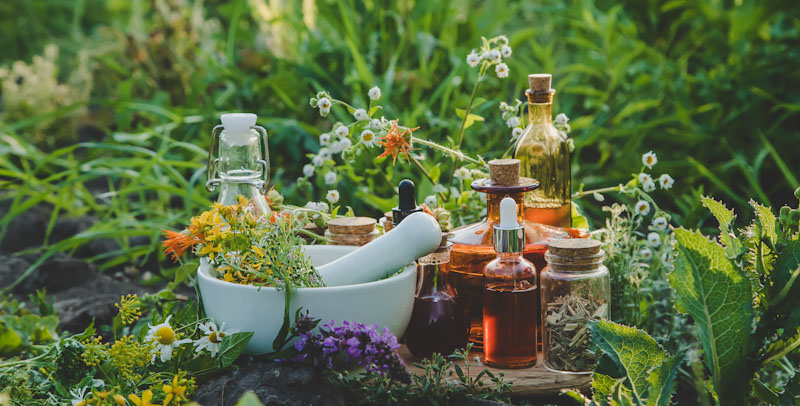
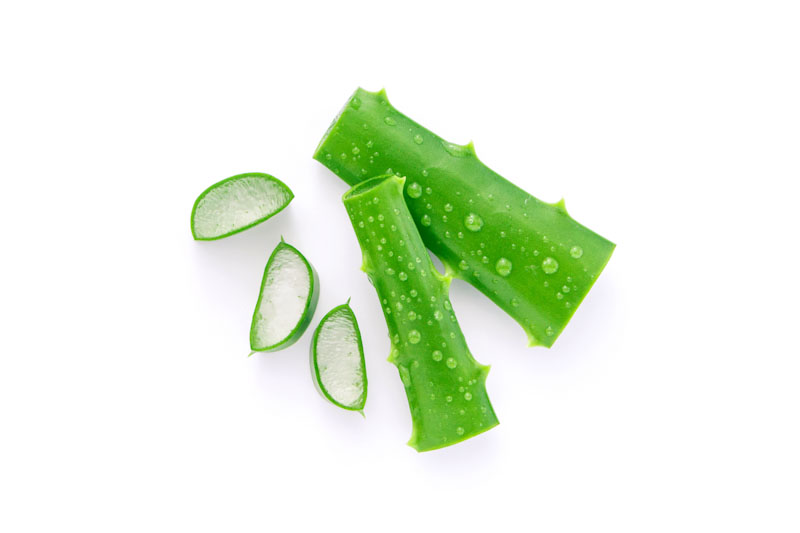

Doug Pesssoni | May 30, 2019
|
How about protecting your garden from Rabbits and Squirrels. I’ve put rabbit fencing all around my garden. Now the Squirrels are a menace. I am not around all the time to shoot them.
red | May 31, 2019
|
I don’t have ground squirrels, I have a dachshund. No mice, either. No squirrels because we have eagles. But, did you try sprinkling blood meal around? Rabbits do not like it. Hot pepper dust will make the squirrels run.
Bob | May 30, 2019
|
For the past 42 years in Georgia, my wife and I have grown more than half of the vegetables and fruit that we consume. We can or freeze at least 220-230 pkg. of food per year for two-three people.. I live on an acre and 3/4 and plant a garden with 14-15 ten foot long rows. so that I can water the garden moving the sprinkler 3 times. We have a half dozen fruit trees (fig, pear, apple, peach, olive) and two pecan trees, and grow muscadines. We also have 3 blue berry bushes, and grow a few things in containers. We also forage for a couple of gallons of blackberries, some mulberries, and a few other edible forest plants, and we consume 2-3 deer per year. I use fireplace ash, compost, chicken or cow manure, and a couple of bags of fertilizer annually and have a good yield. It is hot here (95-96 for the past week at the end of May), so we plant between March 25 and April 1. Fall vegetables are planted in late August. Our first frost is around Oct. 25th or so. Our last frost is usually around March 20th. I have found it best to till the garden and plow in the manure and other fertilizer and then let the spot sit for 2-3 weeks before planting. I then run the tiller through the garden again before planting.I scatter a lot of marigolds throughout the garden to keep out pests. I collect the seeds each year for re-planting. I grow 4-5 kinds of beans, field peas, four kinds of squash, mixed greens, lettuce, tomatoes, carrots, and three rows of corn. Cabbage, broccoli, and melons do not do well in my soil and climate. Don’t forget the importance of herbs. We regularly grow mint, basal, dill, oregano, chives, garlic, and parsley in containers. Potatoes grow only in the cooler months and I grow them mostly in containers. I have started using mostly heritage vegetables and I always keep an extra year supply of seeds for emergencies. The point of this is that you can grow a lot of food in a small garden with the right management..
red | May 31, 2019
|
How’s the sulfur content in the soil? Cole crops like damp, cool weather and a lot of sulfur, as do potatoes. If I can grow them in Arizona, you should do even better in Georgia. Do you use oilseed radishes as a winter cover? I like black Schifferstadt (from Baker’s seeds) because they’re strong flavored (used in place of horseradish, something we eat, but can’t grow) and kill some types of nematodes. Daikon will, but it’s weaker, but, both radishes will dig as deep as 8 feet into the soil and leave a lot of fertility when the crown is cut off. We have adobe with sandy gravel, and it works here, when we add sulfur to help neutralize the caliche. It lowers the Ph from 8+ to where cole crops can thrive. The leaves taste like mustard greens (another cole crop) and young seed pods are good snacking. Even the blooms were used in salads and so on. Right now, the last of the turnips are in bloom, and seed stalks from the collards are peeled and eaten. Later, after the turnips are done, they can go to seed. Kohlrabi, a winter, early summer crop, is done blooming. Radish seeds are all cut and stored till August.
Melons, you have my sympathy. Arizona is a lot like where most originated so they’re adapted, and thrive here. It’s been so cool, they’re not growing well, but will. Nor the tomatoes, but the Chimoyo chilis (from northern New Mexico) are still producing, but they thrive in warm days and cool-cold nights that would kill most peppers. Do you have a kumquat tree? You’re winters are warmer than here, and we can grow them. They’ll drop the leaves this winter and hibernate till spring. Cutter bees were after the plum tree, but I guess their grubs don’t like the taste of cyanide in the leaves 🙂 We have Africanized bees for pollinating and they do as good a job as cutters.
Sounds like you garden with success. Peace to you. niio
ITSE REDEN | May 31, 2019
|
THANKS TO YOU AND YOUR TEAM FOR THE LIFE SAVING COMPILATION YOU ARE GIVING THE WHOLE WORLD FOR FREE
red | May 31, 2019
|
Very good, well written, and fun to read. Organic replaces carbon in the soil and helps to deter a lot of plant diseases.
Read Make Mine Mulch, but Ruth Stout. Even in her 80s, she could garden, growing all her own vegetables just with mulch. Here, south-central Arizona, we mulch if only to insulate the soil and plant roots from a tropical sun. 6 inches+ to keep the soil cool and hold moisture in when we get a devil wind (fast wind, 90+ degrees F.). If I lived closer to Tucson, I could get wood chips by the truck load.
If you’re one of those lucky people and have fish worms in the soil, you’re going to have slugs or snails. Where you find sign of them, go out at night and sprinkle a few grains of salt on them. Farmers in the east used to add salt to the soil to kill them, while any worms could burrow down, away from it till rains melted it. We can’t because our water is brackish bordering on alkaline. But, no snails or slugs, anyway. The 6” long centipedes and spiders eat them. Lucky us, huh…
Coffee ground (bless you, Starbucks, their free!), makes a great _winter_ mulch that will stave off frosts and even freezing. that’s important if you live in a cold area, because it keeps root crops from freezing, at least for a while. One-two inches works, but, when spring comes, cover with a different mulch or the soil gathers too much heat. Grounds are 4% nitrogen and unfortunately for us here, do not acidify the soil or we wouldn’t have a serious problem with caliche (natural baking soda, roots of even native plants will not grow through it, even with dying of thirst).
Compost is dynamite. Even without fish worms, it’s far better than manure as a fertilizer. Composted manure doubles in value as a fertilizer. Bacteria and so on in it can act as a medicinal against plant disease and promotes vitality in the soil. Remember, it’s alive!
Niio!
SkiptheBS | May 31, 2019
|
Bob–Fall broccoli does well in N GA and I had no trouble with it in N FL. In spring, the cabbage worms think it’s Thanksgiving dinner.
Spring squashes tend to be trouble free; in early fall, pickleworms will infest them. Spring green bugs may or may not have stink bugs but fall green beans are rich and sweet if you can get a crop in before frost.
Organic hint: keep a record of when birds come back to your area in early spring and have your garden dug but not planted. Robins, especially, will eat any bugs they can scratch up when they arrive and they are gardeners’ angels.
Bill in Idaho | May 31, 2019
|
Just a Few Notes for You . . . Ref. Tip 1.) You really do Not Need that much “Land”. I grow more vegies in my 100′ X 80′ Garden (Does NOT Include the Melon/ Beet areas)
than most folks can grow in 1/2 an Acre. I use the “Bio-Intensive” Method (4-5 Rows of Vegies jammed together – then a 20″ wide walk-way. You will Not see Any Bare Soil Anywhere – just solid “Ground Cover”.
> Ref. Tip 2.) Choose your plants on the basis of the amount of Nutrition they Provide ! Sweet Potatoes first – – ( I Did NOT Say Yams !), then Garbanzos, then Root Tubers (Rutabagas tops), then drying beans (Only Heirloom Varieties), and so on.
> Ref. Tip 3.) We do Not harvest Any Vine plants until the leaves are frost-killed. We have fresh tomatoes/ sweet peppers from Early April through Mid-October or later –
just use clear plastic row-covers at night. Of course, many of the Nutritious Leaf Vegies are Cold Hardy – Chards, Kale, some Collards, some Cabbages, etc.
> Ref. Tip 4.) Real Compost yields True Humus – But Not if you kill off All the Micro-Organisms with Heat or Poisons. Any produce that is not truly Organic has
enough poisons included to kill you and them. No Grocery Store items onto your Compost pile !
> Ref. Tip 5.) True Organic – Yes ! That means NO POISONS from commercial fruits and vegetables.
That’s all for now.